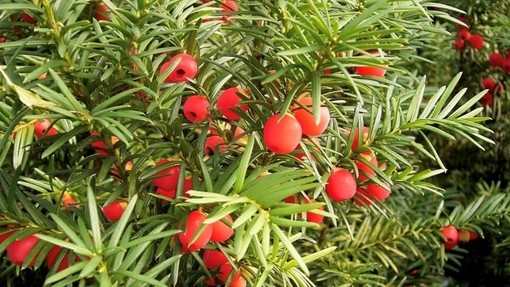What is the likely outcome?
- Make sure your donkey has adequate food sources available. See our factsheet on feeding donkeys for more information.
- Fence off sycamore trees and be aware that seeds may travel further than expected. Inspect fields daily and remove seeds or leaves.
- Keep water sources clean and fence off ponds or streams that could contain seeds. Watercourses and runoff water can carry sycamore seeds far from the tree.
- Remove young sycamore tree saplings.
- Check your donkey at least twice daily and contact your vet at once if you see any abnormal signs.
Be extra vigilant in:
- Autumn, when you may find seeds on your pasture even if there is no sycamore tree on the land
- Spring, when seedlings start to germinate very wet conditions, which cause seeds to release the toxin into surrounding land
- high winds, which may carry sycamore seeds onto your land
- other extreme weather conditions.
Make sure anyone caring for your donkey is aware of the dangers and signs. If your donkey shows signs of atypical myopathy, remove all donkeys from the grazing straight away.
How can atypical myopathy be prevented?
- Make sure your donkey has adequate food sources available. See factsheet Feeding donkeys for more information.
- Fence off sycamore trees and be aware that seeds may travel further than expected.
- Inspect fields daily and remove seeds or leaves.
- Keep water sources clean and fence off ponds or streams that could contain seeds. Watercourses and runoff water can carry sycamore seeds far from the tree.
- Remove young sycamore tree saplings.
- Check your donkey at least twice daily and contact your vet at once if you see any abnormal signs.
- Check your donkey at least twice a day.
- Make sure anyone caring for your donkey is aware of the dangers and signs.
- If your donkey shows signs of atypical myopathy, remove all donkeys from the grazing straight away.
Be extra vigilant in:
- autumn, when you may find seeds on your pasture even if there is no sycamore tree on the land
- spring, when seedlings start to germinate
- very wet conditions, which cause seeds to release the toxin into surrounding land
- high winds, which may carry sycamore seeds onto your land
- other extreme weather conditions.
How do I identify sycamore trees?
- It can sometimes be difficult to identify sycamore trees. They are members of the Acer group of trees and shrubs, which has several similar species with distinctive helicopter-like seeds.
- Plane trees look like sycamore but are members of the Platanus group and have different seeds.
- The toxin is not present in Norway maple, field maple, or plane trees. There may be variable amounts of toxin in other tree species within the Acer group.
- There are subtle differences in leaf and seed shape that you can use for identification.
If you have any doubts, the Royal Veterinary College will test seeds, seedlings, or leaves to find out whether they are a danger to your donkey. See the Royal Veterinary College website for more information.




